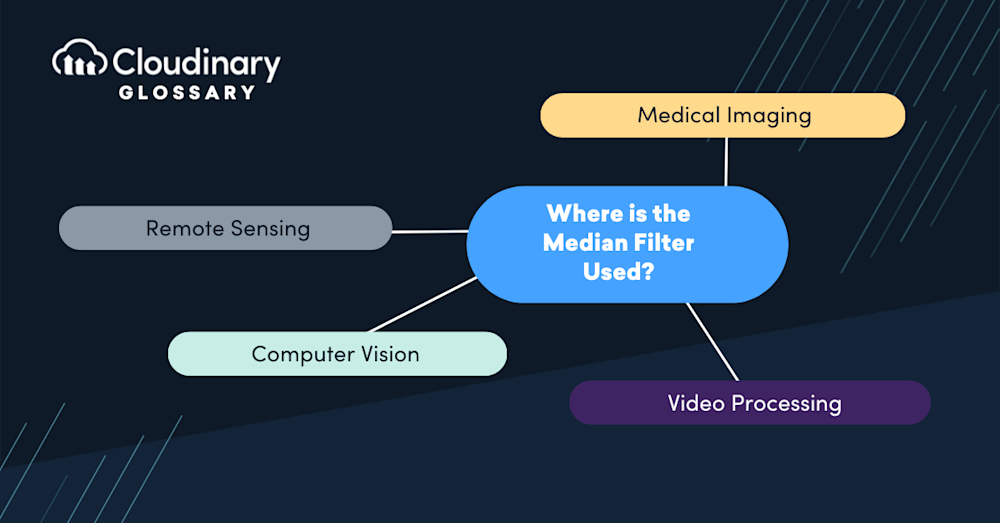What is a Median Filter?
At its core, a Median Filter is a non-linear digital filtering technique often employed in signal and image processing. The main goal of this filter is to reduce “salt and pepper” noise, a type of visual noise that presents as random white and black pixels while preserving edges and other structural elements of the image or signal. It follows a method of replacing each entry in the signal or image with the median of neighboring entries. The “neighborhood” around an entry could be, for example, the surrounding pixels of an image or a small time window of sampled digital audio.
By arranging neighboring values in sequence and selecting the middle one, the filter effectively suppresses noise without attenuating sharp features paramount to accurate representation, such as the distinct edges in an image or the precise waveforms in audio data. For instance, in a photograph of a starlit sky strewn with random, undesired sparkles, the median filter can eliminate these while preserving the luminosity of the actual stars.
How Does Median Filtering Work?
At its essence, the operation of a median filter is quite simple and can be summed up in three steps: neighborhood definition, sorting, and replacement. Firstly, it defines a ‘neighborhood’ around every pixel (in the case of image processing) or sample point (in the case of signal processing). The exact size and shape of this neighborhood can vary depending on the application, but just to picture it, imagine a tiny square of pixels in a photo or a short span of time in an audio clip.
Once the neighborhood is defined, the median filter arranges the values (i.e., pixel intensities or signal amplitudes) within that neighborhood in numerical order. It then proceeds to the crucial step of replacing the original pixel or sample point’s value with the median value from the sorted list, hence the name median filter. By consistently choosing the middle value, it effectively smoothens out erratic, extreme values that are usually associated with noise.
However, unlike many other filters, median filtering doesn’t smear distinct boundaries or abrupt changes because when the neighborhood crosses such a boundary, the middle value in the sorted list is still likely to be very close to the correct value. This neat balancing act—noise reduction without sacrificing detail—makes median filtering particularly valuable in digital signal and image processing.
Where is the Median Filter Used?
Median filtering is used in various applications to remove noise and improve image quality. Some common applications where median filtering finds its place include:
- Medical Imaging – Median filtering is often used in medical imaging applications to remove noise from images and improve image quality. CT scans, MRIs, and X-rays often have noise present due to the imaging process, and noise reduction is essential for accurate interpretation of images.
- Remote Sensing – Median filtering is also used in remote sensing applications, where satellite or aerial imagery is processed to identify changes in land use, vegetation cover, and other important information. The resulting classified map is of higher quality and more accurate by removing noise from the images.
- Computer Vision – Median filtering is vital in computer vision applications like object detection, tracking, and recognition. By reducing noise in the image, the algorithms can work more effectively, and the output is better.
- Video Processing – Median filtering is also applied to video processing applications, where stability and smoothness matter. Removing noise from the video feed makes the output video smoother and results more stable.
Final Thoughts
Median filtering is a powerful technique for removing noise from images while preserving essential information. By replacing a pixel value with the median value of neighboring pixels, it selectively removes noise and preserves features like edges and fine details.
Median filtering has a broad range of applications, including medical imaging, remote sensing, computer vision, and video processing. Incorporating median filtering into image processing workflows allows for improved image quality and ensures better results in various use cases.
Additional Resources You May Find Useful:





